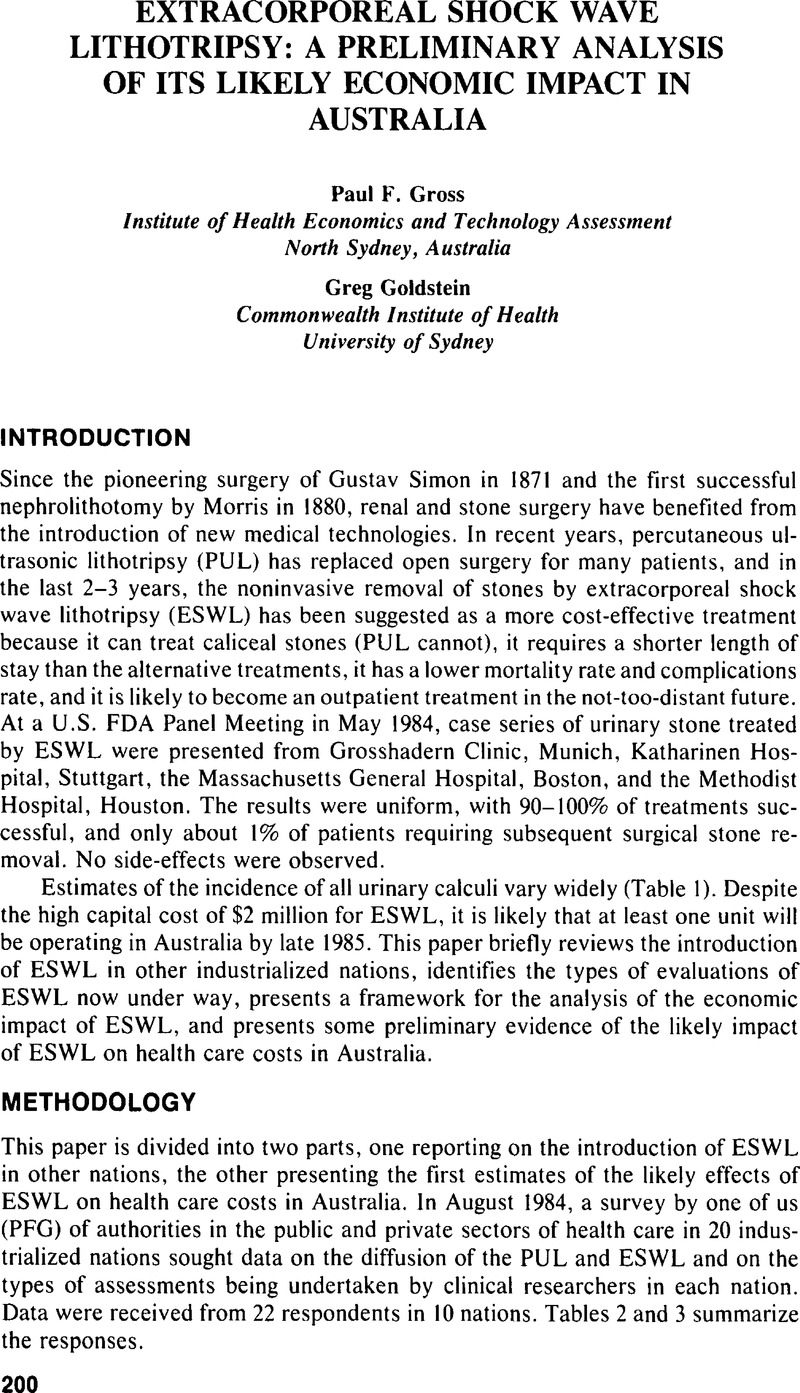Crossref Citations
This article has been cited by the following publications. This list is generated based on data provided by Crossref.
Evans, Richard A.
1985.
Extracorporeal shock‐wave lithotripsy and the medical treatment of renal stones.
Medical Journal of Australia,
Vol. 143,
Issue. 12-13,
p.
535.
Goldstein, G.
Reznik, R.
Lapsley, H.
and
Cass, Y.
1986.
COSTING ACUTE MYOCARDIAL INFARCTION IN NEW SOUTH WALES, AUSTRALIA, BASED ON INCIDENCE RATHER THAN PREVALENCE METHODS.
Community Health Studies,
Vol. 10,
Issue. 1,
p.
31.
Marcus, Susan H.
Grover, Prakash L.
and
Revicki, Dennis A.
1987.
The Method of Information Synthesis and Its Use in the Assessment of Health Care Technology.
International Journal of Technology Assessment in Health Care,
Vol. 3,
Issue. 4,
p.
497.



